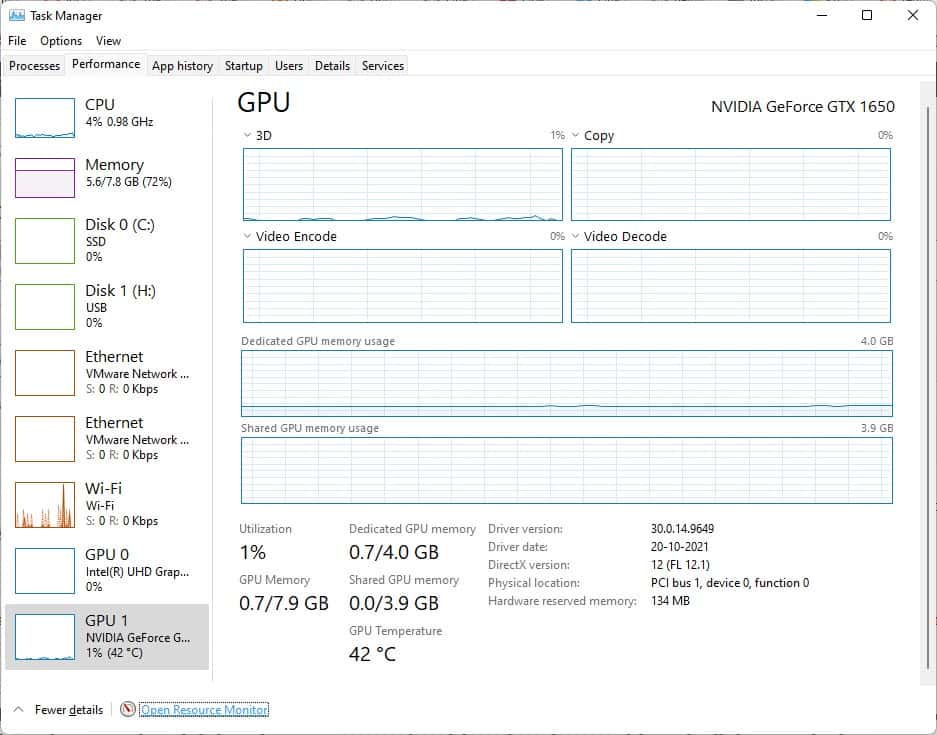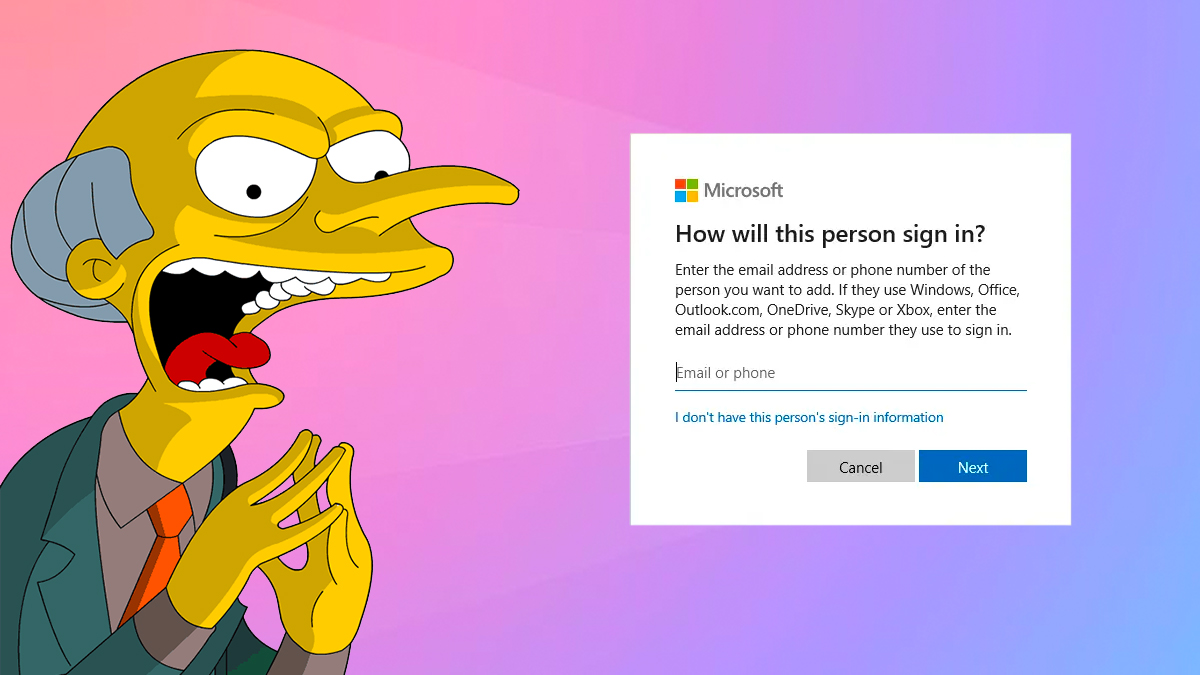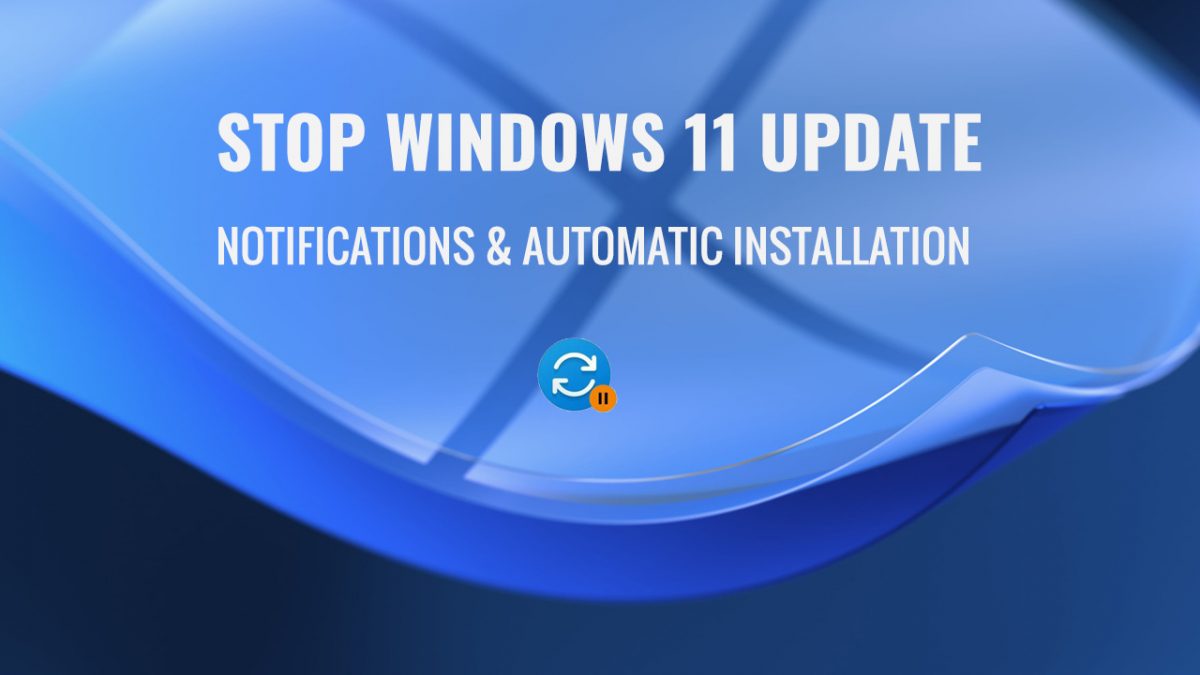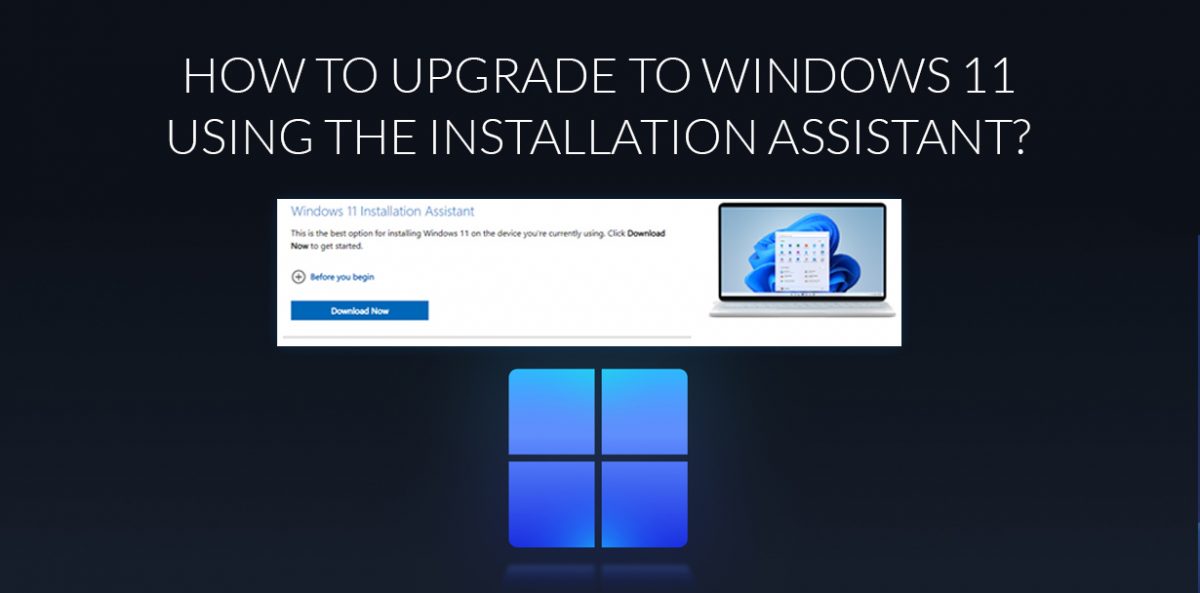How to check the GPU Temperature in Windows 11

When you play games on your computer, or run a resource intensive task like a virtual machine or a video editor, you may notice something, or more likely hear a noise. Your system's fans may start spinning like crazy, that's perfectly normal.

It is not a problem, this is the way PCs handle the change in the thermal levels. The fans help control the flow of air in the computer, to prevent the graphics card and processor from overheating, which in turn prevents performance throttling.
How to check the GPU Temperature in Windows 11
But if you are worried about the computer, and want to monitor the system's performance in Windows 11, there is a very simple way to do it. The best part is that you don't need a third-party tool for this job. Press the Ctrl + Shift + Escape keys together, and the Task Manager should pop up. Windows 10 users may be aware of this basic functionality in the operating system. Switch to the performance tab, and click on the GPU option on the sidebar. The right pane of the Task Manager will change to display some graphs, that indicate the recent performance level of the graphics card.
Note: If you have a dedicated graphics card installed, you will need to select the appropriate GPU from the sidebar.
The section at the bottom shows some readings, these indicate the resource usage of the GPU, including the GPU temperature, memory utilization, driver version, etc. That's all you really need to keep an eye on your graphics card.
The GPU's temperature will rise when you play games, watch videos, etc. It's nothing to worry about, that's what is designed for. However, if you find the temperature levels are higher than what they normally are in other games, check your computer's vents and fans for dust. Reducing the graphics settings in games, and closing programs that are running in the background can also help you keep the thermal conditions in check, and may even give you a minor FPS boost. If nothing helps, you may want to look up whether it is the game or graphics driver that may be causing the issue. Games which are poorly coded or have some sort of DRM can be taxing on the CPU and the GPU.
The Windows 11 Task Manager provides a decent way to monitor your computer's hardware, but it is kind of basic. If you need something extra, you can use third-party programs for the task. My recommendation is to use Open Hardware Monitor, it is an open-source tool that comes in a portable archive. You may also try other options such as NZXT CAM, Libre Hardware Monitor, MSI Afterburner, HWMonitor, or Sidebar Diagnostics.
A word of warning, I have never had a good experience with MSI Afterburner. Even without overclocking or undervolting or other shenanigans of the sort, I have had crashes and bluescreens occur on my desktop. As strange as it may sound, these issues disappeared after I stopped using the program. You may have a completely different experience with it, but if you should run into issues, try removing the application to see if it helps fix the problem.
I think it would be cool if Windows 11 displayed the GPU and CPU temperature in the Game Bar widget. If the Task Manager can do it, surely the widget can do the same? What do you use to monitor your GPU and CPU temperature?
























take up less space in your place. It is also great for your back, knees, elbows and hips so that you can reach for the stars
Win 10 has this exact same feature. Since the Task Manager doesn’t have any kind of OSD, I find it only marginally useful for monitoring things – certainly not while full screen gaming or doing other full screen work. I do wish Windows had the ability to display key sensor data in-game and/or in the icon tray.
MSI Afterburner (with RivaTuner) displays in-game and I’ve never had any crashes or problems with it during several years of use. So that’s what I use. It also lets me have a bit more aggressive fan curve to keep my GPU cooled better.
I tried using EVGA’s Precision X1 software for a while because it has the ability to display OSD in-game as well as in the icon tray for when not full screen. Unfortunately, I abandoned it. It’s very poorly programmed, is full of bugs causing it to stop responding and the UI is a disaster. If they ever get it ironed out, it might be a good basic monitoring tool.
> SteveS.: “Win 10 has this exact same feature.”
On my Win 10, ‘Task Manager > Performance tab > GPU’ only shows the percent utilization, but no temperature indicator.
Not sure about win 11 but in win 10, task manager can be opened by right clicking the taskbar and selecting it in the menu that appears.
I use the task manager a lot for video stuff to be sure both gpu’s are functioning since I play with renderers and do video editing. Just slide TM over to the right until only the small graphs are visible, leaving most of the screen open and TM always visible (see below.)
A trick is to set “always on top” in the TM menus so task manager doesn’t disappear. If you have full screen programs that freeze, ctrl alt del will open Task Manager on top and you can kill the frozen screen and continue diagnosing vs. rebooting with the power button.
Otherwise, HWiNFO64 is by far the best detailed granular monitoring program I’ve used. Never have been able to get the widget to work.
:(
Thank you for the help. You can get more about GPU temperatures.
https://techconsumptions.com/best-gpu-for-ryzen-5-3600/
https://openhardwaremonitor.org/ for something dead simple.
No, it’s not necessarily true: “Your system’s fans may start spinning like crazy, that’s perfectly normal.”
Not normal–check the startup programs and delay a few or turn them off. I used to think that until I discovered it wasn’t normal.
HWiNFO64 wasn’t mentioned but is the go-to for most.
HWiNFO64 and RTSS Rivatuner Statistics Server combo is what I have been using for in-game OSD.
Useful article, I didn’t notice about the GPU temperature info in W11. “Press the Ctrl + Shift + Escape keys together, and the Task Manager should pop up.” it’s also a nice keyboard shortcut, so I decided to learn more useful keyboard shortcuts like this for the notebook. Too much smartphone and tablet with no keyboard by my side I guess! Thanks @Ashwin! :]
I believe you need to press the CTRL+ Alt + Delete buttons to make the task manager pop-up.